Image
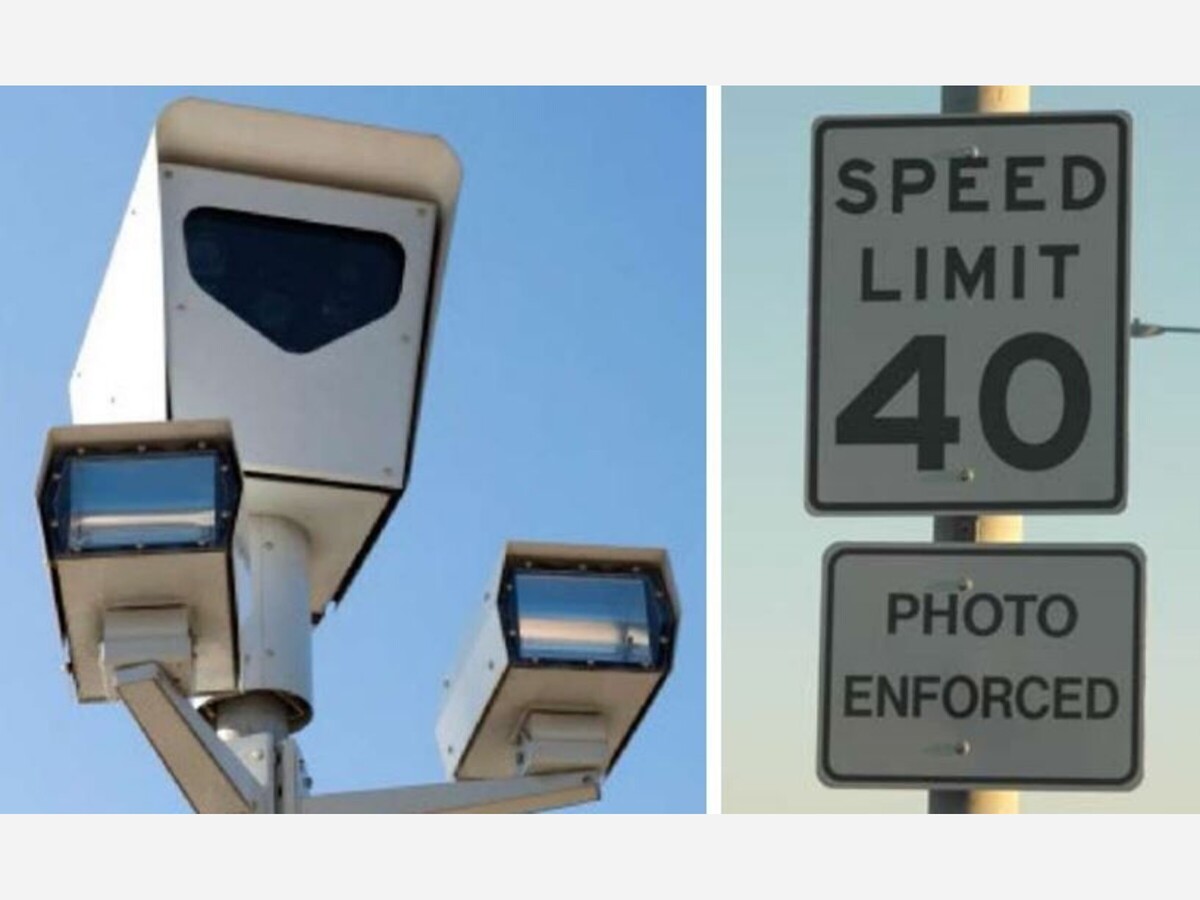

A pilot program approved in 2024 would also be implemented in Mendota Heights.
New cameras could be installed at traffic lights as soon as August in Minneapolis, which would be used to issue citations to speeding drivers and red light-runners.
The proposed installation of the cameras are the result of a pilot program approved by state lawmakers in 2024, which would run from Aug. 1, 2025 through July 31, 2029.
Community feedback is still needed from residents on possible locations for cameras, with a feedback period being held in May. Plans are then expected to be finalized.
As part of the same pilot program, cameras are also expected to be installed at a number of red light intersections in Mendota Heights.
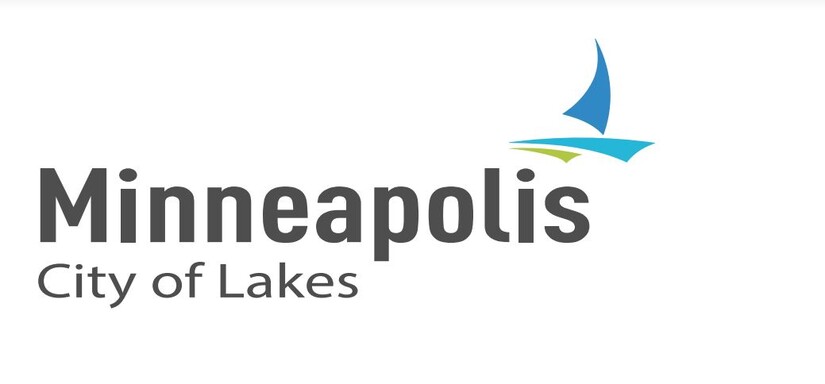
The justification behind the program is to reduce speeding while improving pedestrian safety, as part of the city's 2023-2025 Vision Zero Action Plan.
A map of proposed locations for the cameras is shown below, courtesy of the City of Minneapolis, with the majority of cameras proposed to be placed in north Minneapolis and south Minneapolis just south of downtown, on busy roads including Nicollet Avenue South and Lyndale Avenue North.
It has been noted by some reacting to the proposed camera locations that there are concentrations in the city's lower-income neighborhoods.
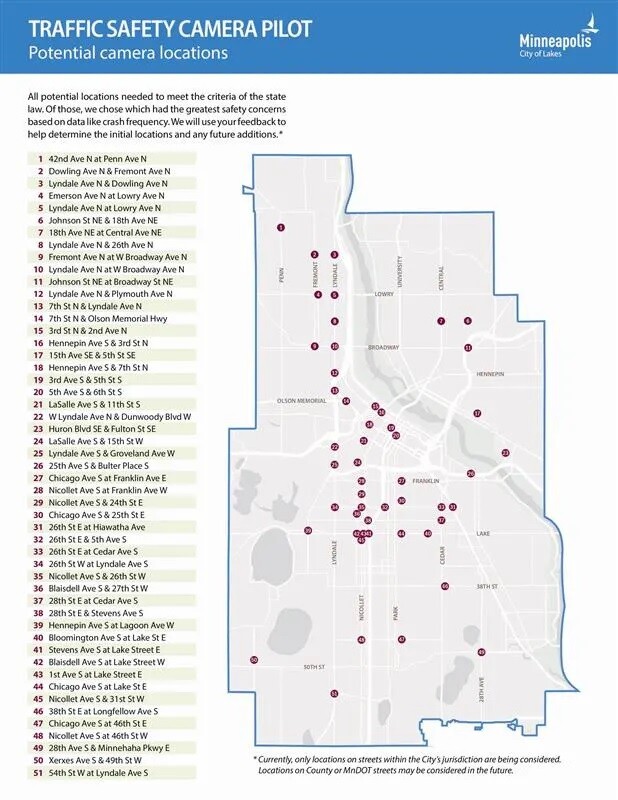
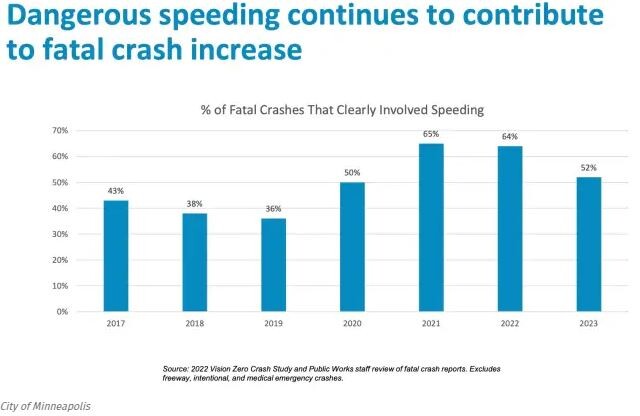
Speed safety cameras already operate in 21 states and red light cameras are in 23 states, according to the proposal. A Minnesota Department of Transportation study conducted in 2023 found that "every methodological study of U.S. speed camera systems has found reductions in deaths, injuries, crashes and speeds." Other studies cited found a 19-56% reduction in severe or fatal crashes.
MnDOT figures state that in 2022 and 2023, 31 people were killed in crashes that involved speeding in Minneapolis, while 16 others were killed in crashes involving drivers going through red lights.
Minneapolis had red light cameras installed in the 2000s before the program was struck down by the state Supreme Court in 2007.
According to the newer proposal, cameras can only record data if a violation is detected and traffic safety cameras can only be used for traffic safety enforcement and can't capture pictures that can identify people.
Additionally, cameras can only take picture of back license plate, and they can’t be used as license plate readers. The Minneapolis Police Department is also not allowed to implement or coordinate the program.
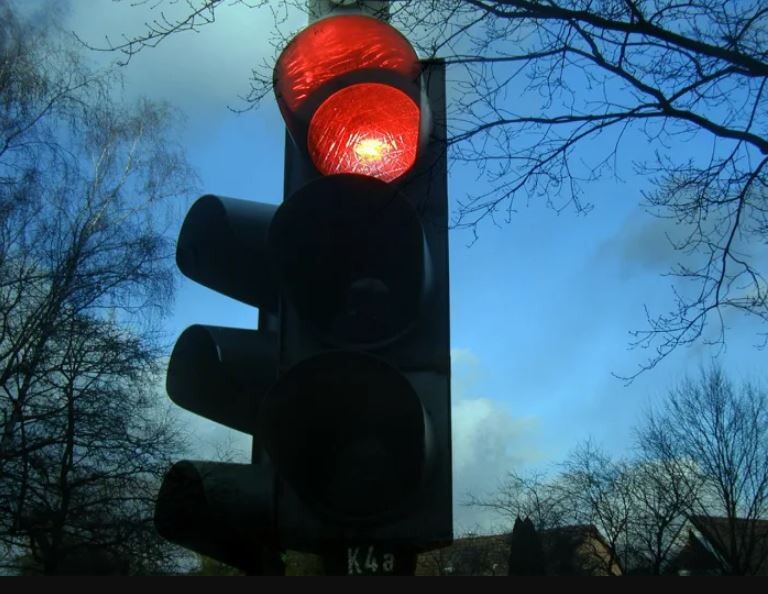
Minnesota drivers will have a one-month warning period at the pilot program's start and then each first violation is a warning.
After that, $40 citations will be issued to anyone speeding 10+ mph. If speeding 20+ mph over the limit, it is an $80 citation.
According to the proposal, an $84 maximum charge will accumulate if the person never pays the citation. Those ticketed are able to contest the citations.
Violations won't be shown on driving records and they can't be grounds for revoking or suspending a driver's license, arrest, or for towing a vehicle.
SOURCE: Bring Me The News